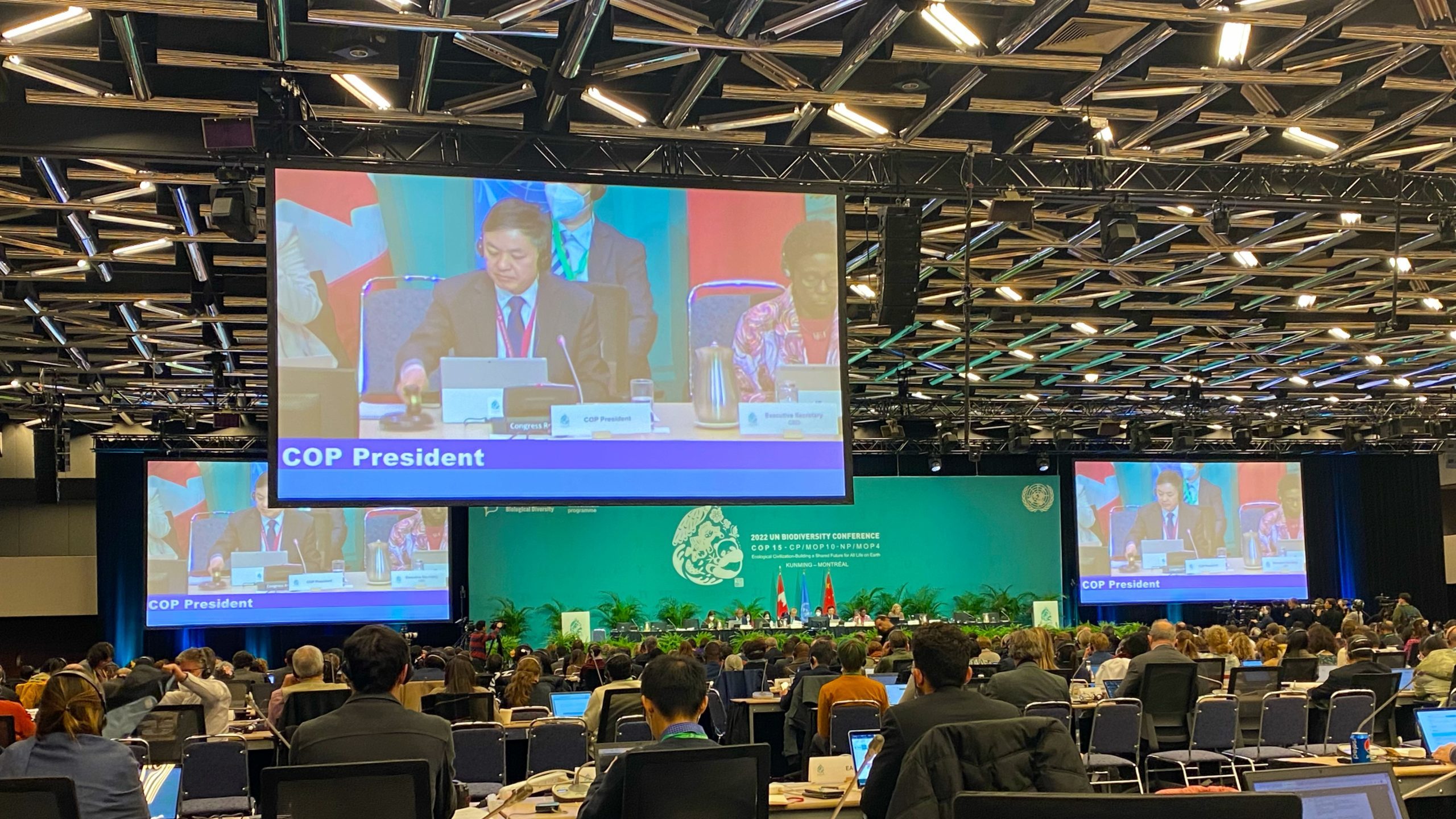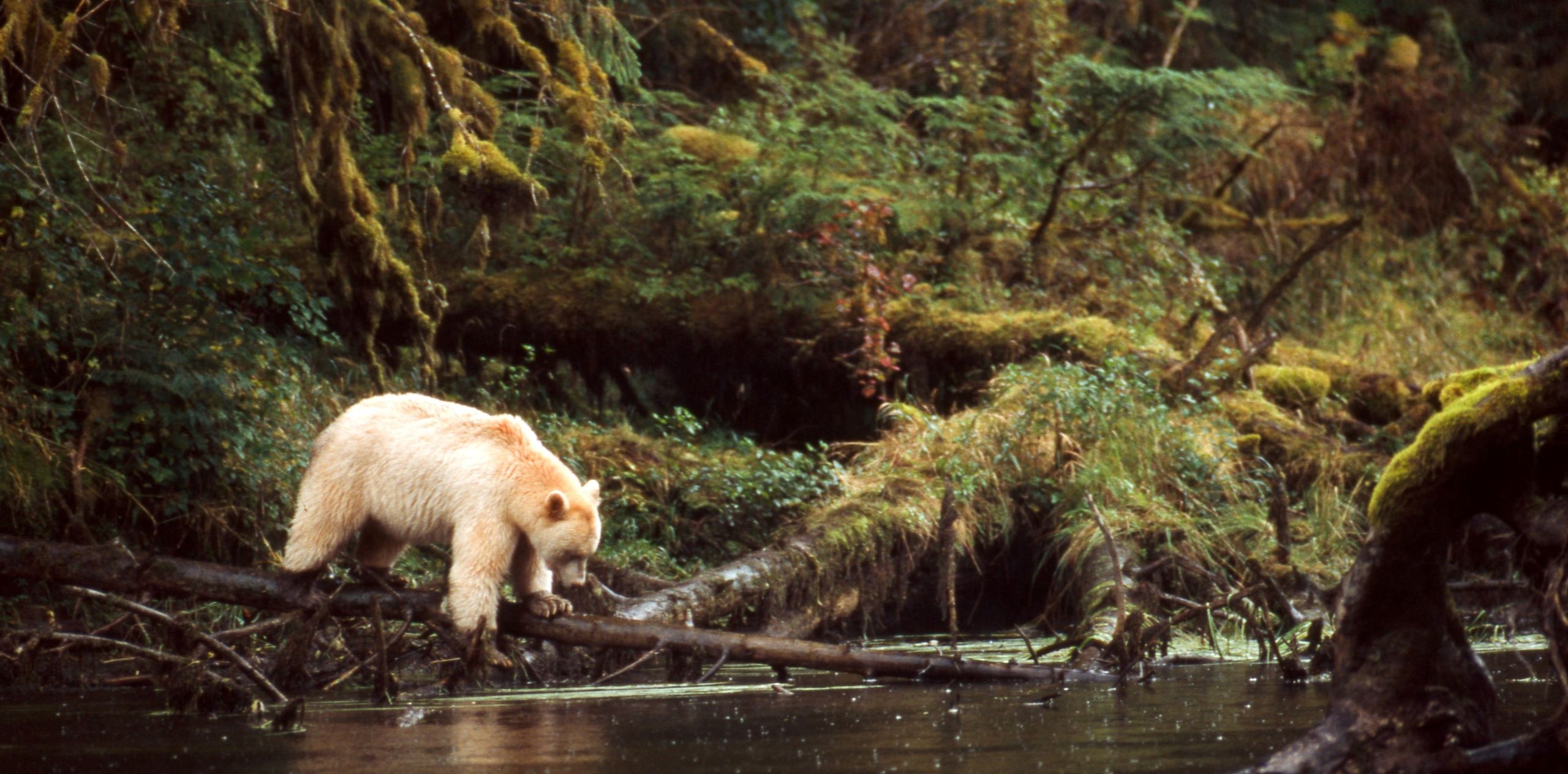COP16: How the world plans to halt and reverse biodiversity loss (and how we plan to ensure they do)
Remember COP15, the landmark UN biodiversity summit in Montreal a couple winters back?
That December 2022 international meeting, relocated from China due to the pandemic, resulted in the dramatic late-night signing of the Kunming-Montreal Global Biodiversity Framework (GBF), a mouthful of a name for a treaty that is fundamentally simple: halt and reverse biodiversity loss, which 196 countries agreed to.

To achieve that, the intense two-week negotiations produced four goals and 23 targets, including having countries commit to sustainable management of natural resources and an ambitious promise to protect and restore a third of the planet by 2030, a goal better known as 30×30.
Thing is, this agreement is a follow up to the 2010 Aichi Biodiversity Targets, and not a single one of those 20 targets were fully met. So, this time they put a sharper focus on securing actions and results by requiring every signatory to submit a revised National Biodiversity Strategy and Action Plan, or NBSAP — another mouthful of a name for another simple conceit: here’s how we will prevent further loss of biodiversity and ensure nature’s recovery.

Canada’s NBSAP, released this past June, aligns our national actions with our international commitments. It was created collaboratively with provincial, territorial and First Nations governments, as well as Indigenous organizations, industry stakeholders and the general public, to ensure diverse perspectives were considered and innovative solutions developed. The government also announced a complementary Nature Accountability Act, an unprecedented move for a signatory country which will help future-proof Canada’s commitment by legislating action
But even with its biodiversity strategy on lock, Canada still has to implement the plan by funding, executing and enforcing the required actions.
Every country has to do this, but with Canada being the second-largest landmass with second-highest amount of intact nature and the world’s longest coastline bordering three oceans, our NBSAP has an outsized impact.
Enter COP16
Officially called the 16th Conference of the Parties to the UN Convention on Biological Diversity, this follow-up CBD summit in Cali, Colombia from Oct. 21 to Nov. 1 will be where global leaders present their NBSAPs and collectively determine if they actually add up to the Global Biodiversity Framework’s goals and targets.
A small group of WWF-Canada staff — including President and CEO, Megan Leslie, and VPs Elizabeth Hendriks and James Snider — are heading to Cali to work alongside our international colleagues as we hold leaders to account and advocate for their plans to increase Indigenous leadership around traditional knowledge, innovations and practices.
In addition to attending meetings, talking to media and influencing negotiators to amp up their ambition, we’re also organizing a panel on how Indigenous communities are contributing to GBF implementation in Canada through large-scale complex ecosystem restoration that braids Traditional Ecological Knowledge with science and technology.
Featuring Ken Paul from Wolastoqey First Nation in the New Brunswick community of Neqotku, Angela Kane, CEO of the Secwepemcúl’ecw Restoration and Stewardship Society, and Kimberly Armour, Katzie First Nation’s Director of Territorial Guardianship and Referrals, the panelists will discuss stewardship and self-determination in resource management, resilience-boosting reforestation after climate-fuelled wildfires, and how salmon habitat restoration supports both biodiversity and culture.
With WWF’s recently released Living Planet Report showing a “catastrophic” 73 per cent decline in the average size of 35,000 monitored wildlife populations around the world over the past half-century — and WWF’s NBSAP Tracker showing only Canada and 33 other countries out of 196 signatories submitted their updated action plans in time — the need for the world to amp up ambition, urgency and funding has never been greater.
Stay tuned to our socials through Nov. 1, as we file reports from COP16 on WWF-Canada’s activities and the summit’s progress toward protecting our planet and safeguarding our future.

